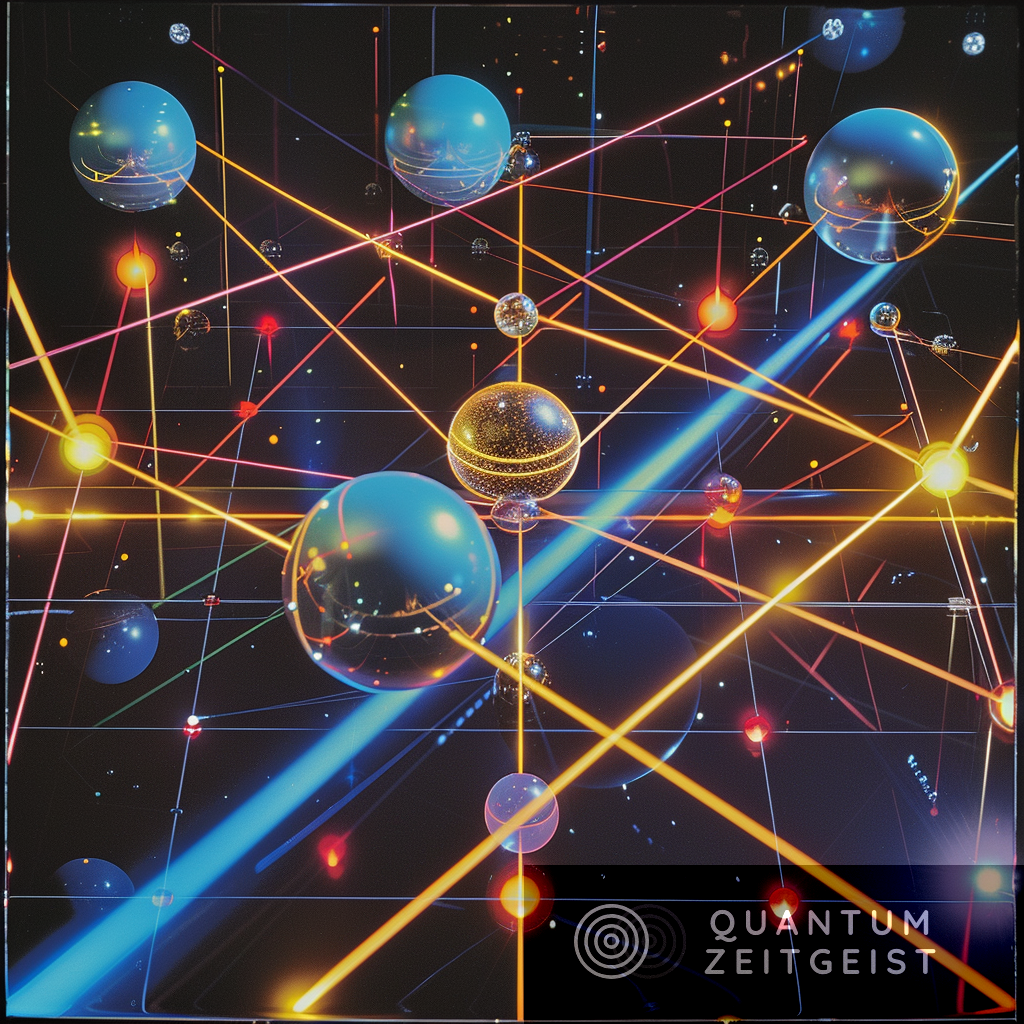Quantum scientist Natalia Chepiga from Delft University of Technology has developed a new design for quantum computers, specifically quantum simulators, which could lead to discoveries about the world at the smallest scales. The design involves using two lasers with different frequencies to excite atoms to different states, allowing the quantum simulators to be tuned to different settings. This could potentially revolutionize finance, encryption, and data storage. The study has been published in Physical Review Letters.
Quantum Computing: A New Design for Enhanced Simulation
Quantum computing, a field that holds the potential to revolutionize our understanding of the world, is currently grappling with the challenge of creating a quantum computer powerful enough to tackle problems beyond the reach of current computers. A well-functioning quantum simulator, a specific type of quantum computer, could lead to new discoveries about the world at the smallest scales. Quantum scientist Natalia Chepiga from Delft University of Technology has proposed a method to upgrade these machines to simulate even more complex quantum systems. Her study has been published in Physical Review Letters.
The Importance of Quantum Simulators
Quantum simulators, a subset of quantum computers, are designed to address unresolved problems of quantum physics, thereby enhancing our understanding of nature. They are expected to have wide applications in various areas of social life, including finances, encryption, and data storage. The development of useful quantum computers and quantum simulators is a hotly debated topic in quantum science today, with the potential to bring about significant societal changes.
The Need for Control in Quantum Simulators
A crucial aspect of a useful quantum simulator is the ability to control or manipulate it. Chepiga likens this to a car without a steering wheel, which can only go forward but cannot turn. To create a quantum computer capable of discovering new physics phenomena in the near future, it is necessary to build a ‘steering wheel’ to tune into what seems interesting. Chepiga’s paper proposes a protocol that creates a fully controllable quantum simulator.
The Protocol: A Recipe for Tunable Quantum Simulators
The protocol is essentially a recipe – a set of ingredients that a quantum simulator should have to be tunable. In the conventional setup of a quantum simulator, rubidium (Rb) or cesium (Cs) atoms are targeted by a single laser. This causes these particles to absorb electrons, thereby becoming more energetic or excited. Chepiga’s research suggests that using two lasers with different frequencies or colors to excite these atoms to different states could allow the quantum simulators to be tuned to many different settings.
Expanding the Dimensions of Quantum Simulation
The protocol offers an additional dimension of what can be simulated. Chepiga likens this to the difference between seeing a cube as a sketch on a flat piece of paper and having a real 3D cube that you can touch, rotate, and explore in different ways. Theoretically, even more dimensions could be added by introducing more lasers. This advancement in quantum simulation could potentially open up new avenues in our understanding of quantum physics.

